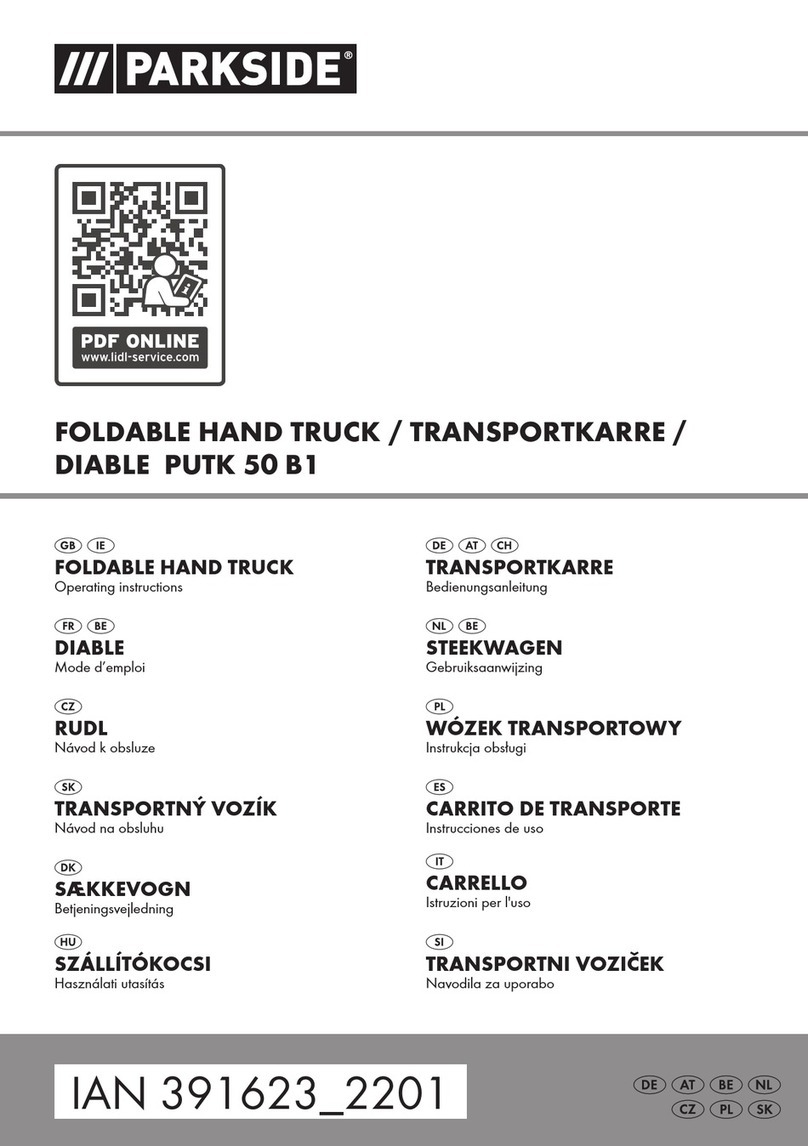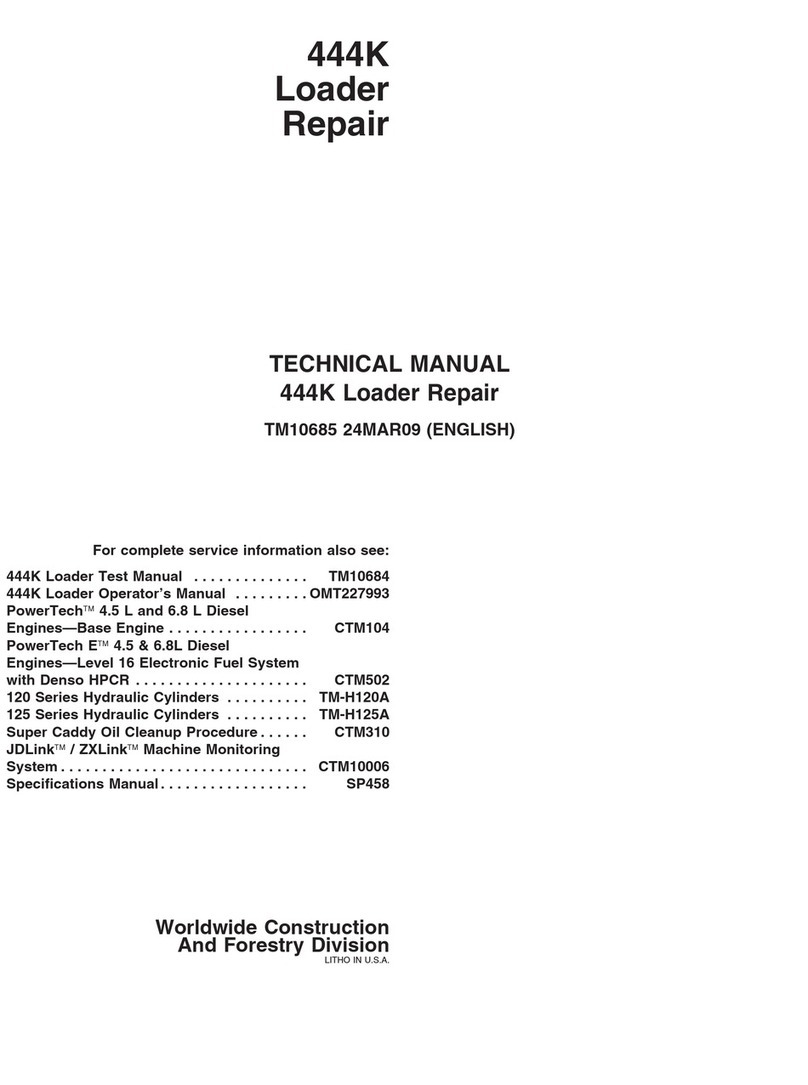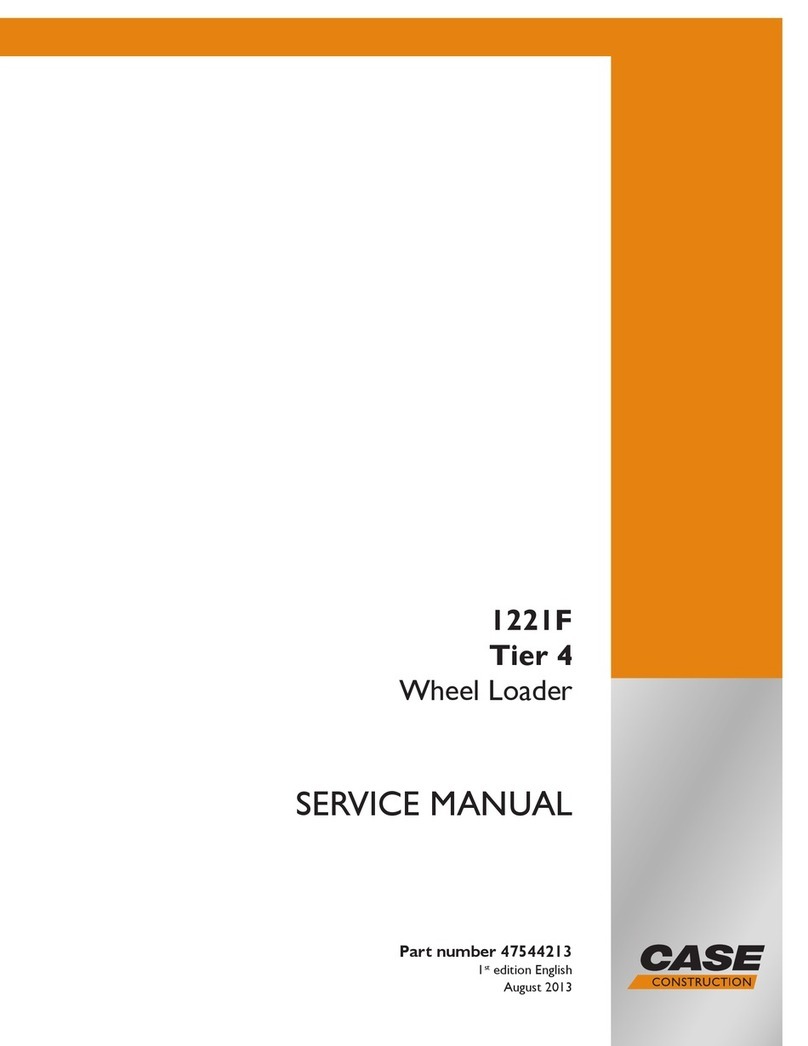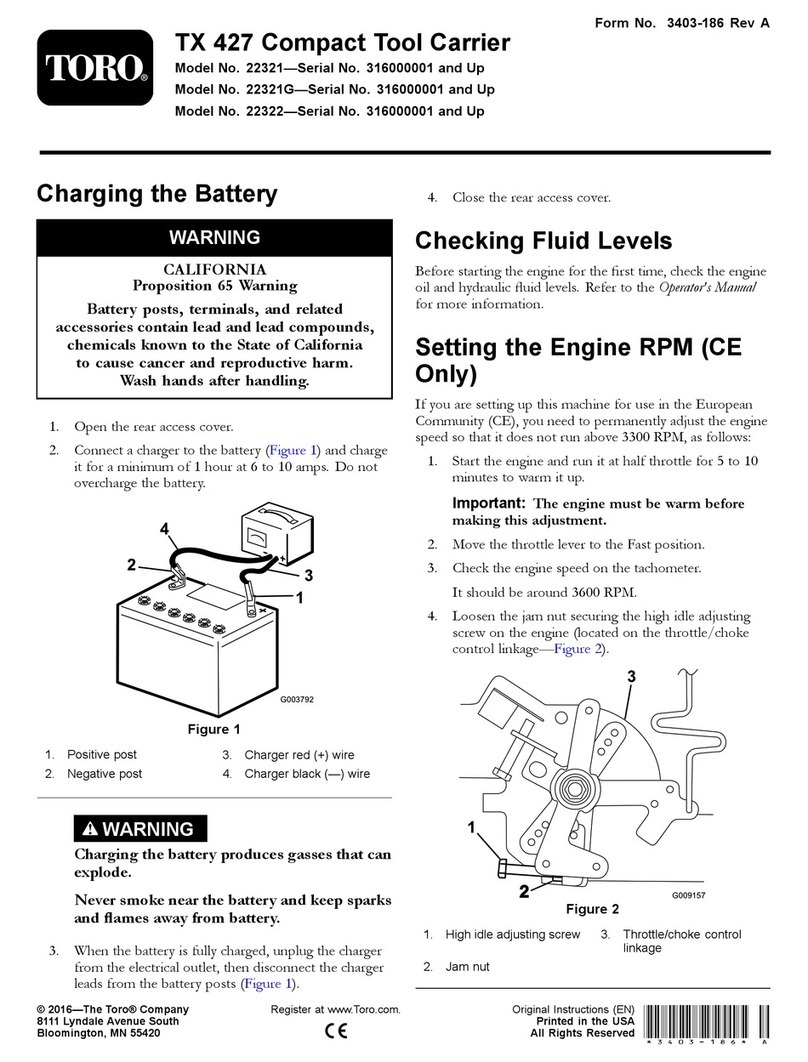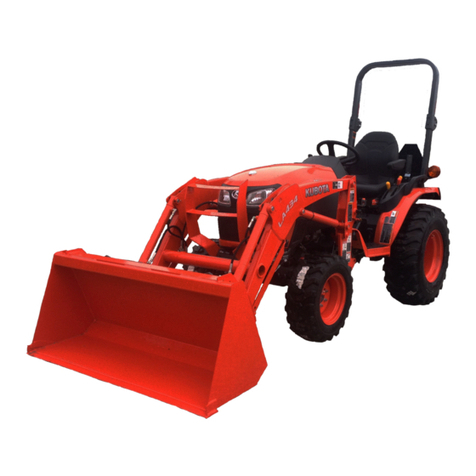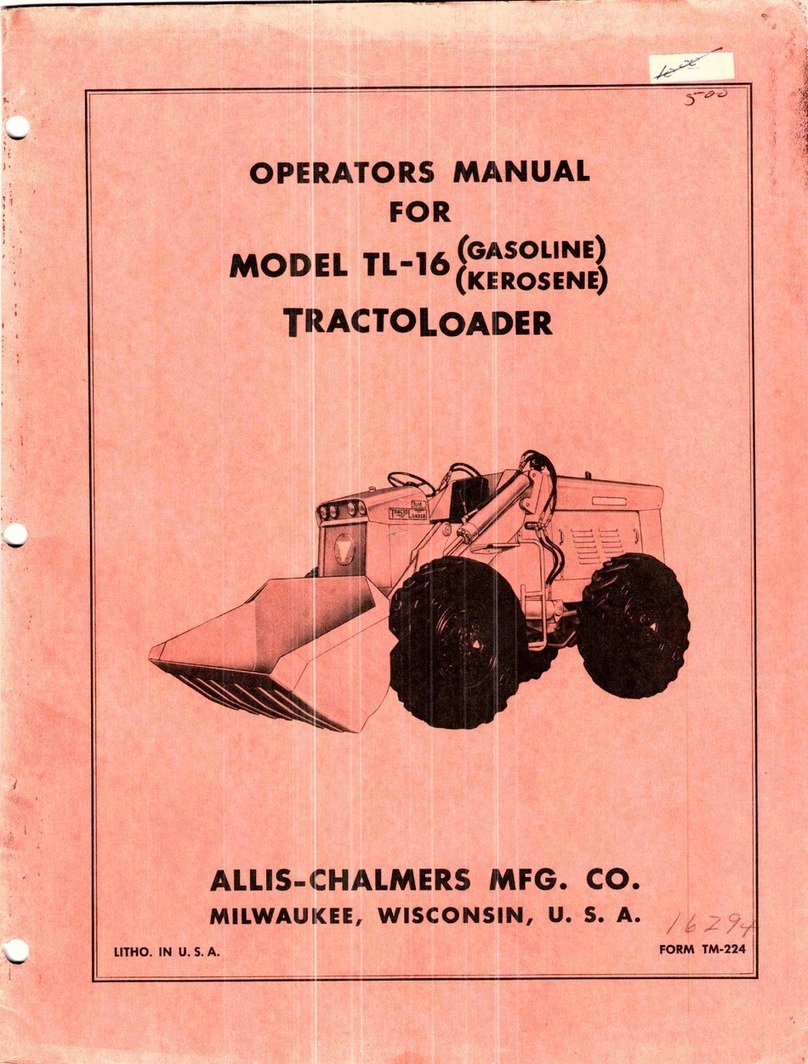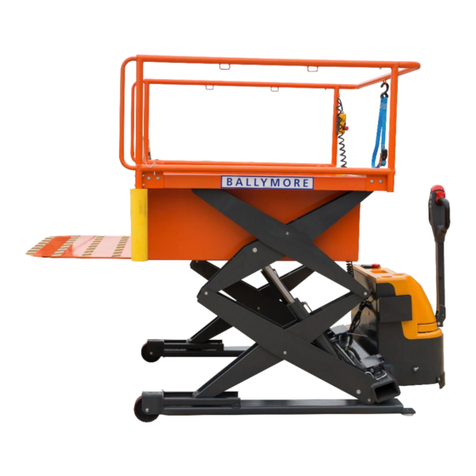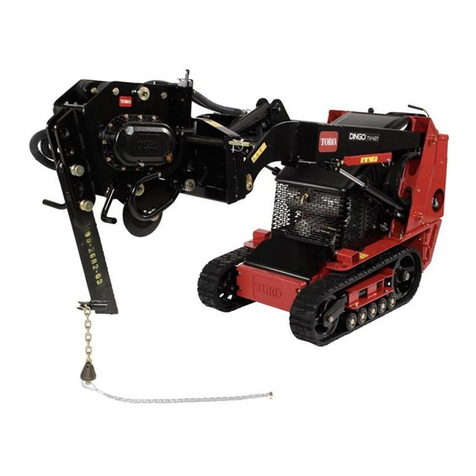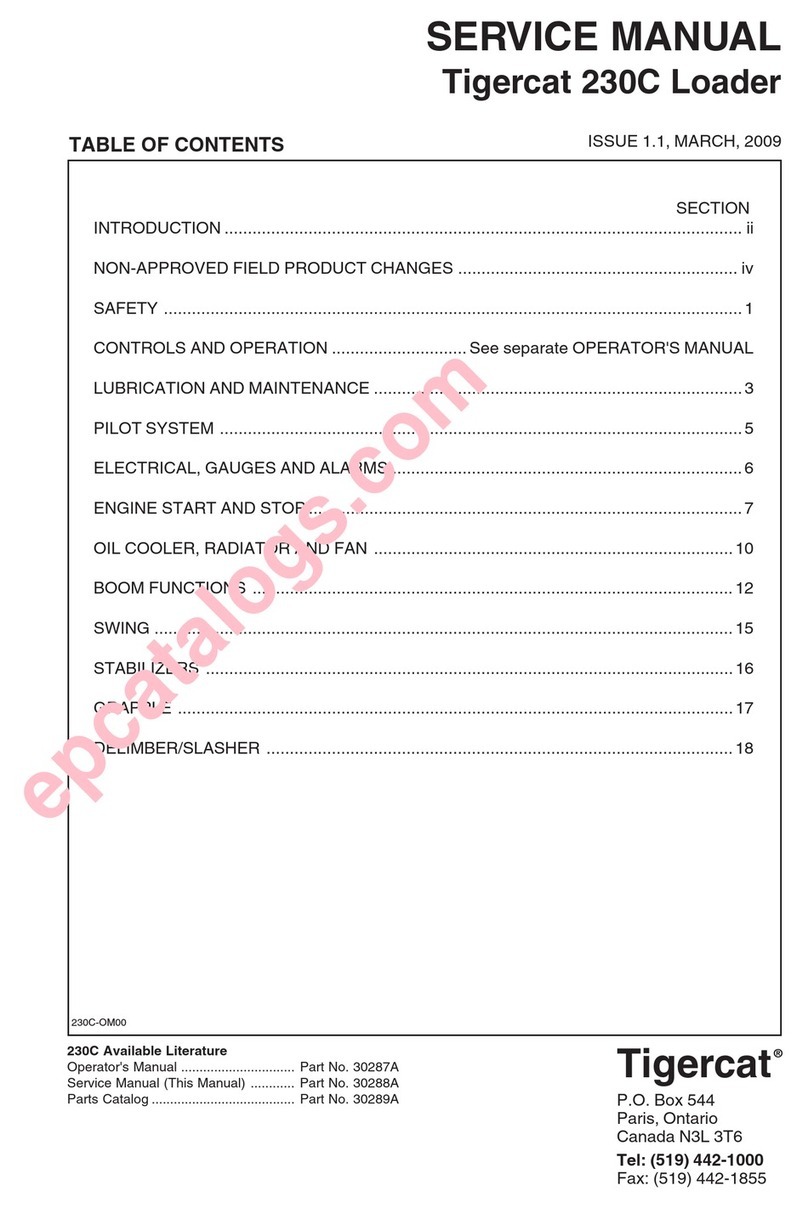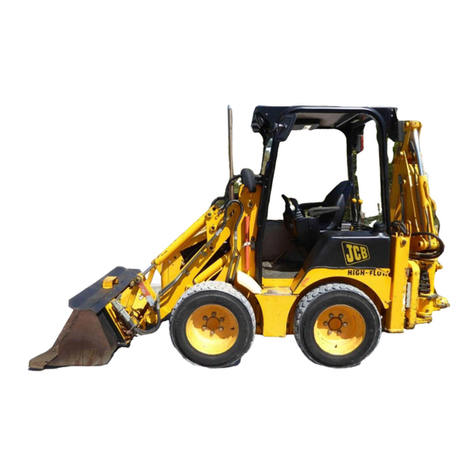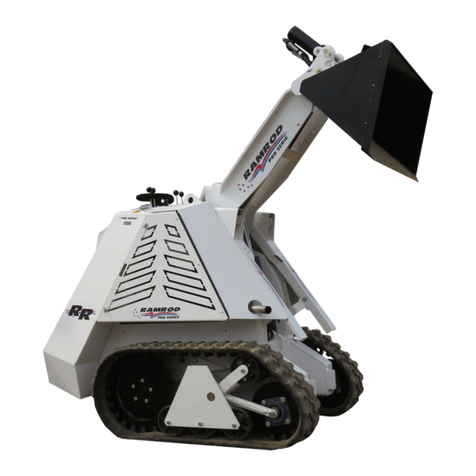1
Preface
Thank you very much for your purchase!
This manual covers safety precaution, brief introduction, technical specifications, user interfaces,
installation&connection, functions&operation, fault treatments, working specifications and so on. In order
to make the product running at its best, please read this manual in advance, and reserve it for the future
reading.
The continuous technology update, performance perfection and quality improvement may lead to
some differences between this manual and the physical product, please understand.
Without our authorization, the contents of this manual are not allowed to be copied and reproduced.
Main Features:
EMC design with high anti-jamming capability, suitable for industrial environment.
DC24V power input circuit with reverse polarity protection function.
32-bit ARM CPU with 72MHz & high arithmetic speed.
Dust-proof stainless steel shell with protection level IP65.
640×480 TFT color display screen for English character display.
The display informations of Bucket Lifting/Declining state, Single-bucket-loading-weight,
Totalized Loading Weight, Positive/Negative Deviation Value, Alarm state, Date/Time and other
auxiliary data are used for judging if Single-bucket-loading-weight is valid and the loading
process should be stopped.
20-key English keypad with controllable backlight.
Number and English Alphabet can be inputted.
The informations of User Name, Truck No., Goods No. and Operator No. can be inputted.
Upper/Lower Limit of Single-bucket-loading-weight, Setpoint of Totalized Loading Weight and
Date/Time can be set.
Operating Time, Single-bucket-loading-weight, Totalized Loading Weight and Alarm
Information can be recorded automatically.
Using two oil pressure sensors for higher weighing accuracy than using one.
24-bit ∑-△ADC with internal resolution 1/1,000,000 and sampling frequency 400Hz.
High sampling frequency, anti-vibration digital filter and acceleration compensation algorithm
for ensuring high weighing accuracy in the lifting process of the bucket.
10000 Loading Records can be saved, queried and printed, and each record can contain 50
Single-bucket-loading-weight value.

